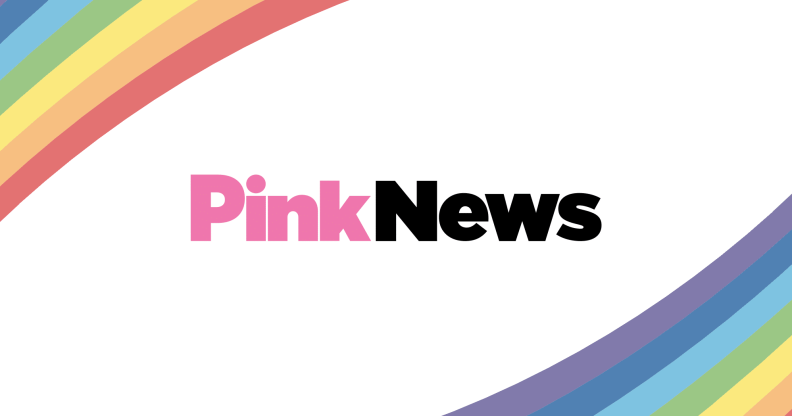It was 40 years ago today – how the Stonewall riots started the gay rights movement

In the early hours of 28 June 1969 a relatively unassuming gay bar in the West Village of Manhattan became the epicentre of an event that changed the course of gay history.
The Stonewall Inn, like most other gay bars during the 1960s, was frequently targeted by the police on the spurious grounds of checking for alcohol law violations and other transgressions.
What in many cases actually occurred was police intimidation and demands for payoffs, dubbed “gayola”, in return for not arresting or publishing the names of the patrons.
The Stonewall Inn, it must be said, did have its fair share of Mafia connections and questionable drinks policies. However, on the night of 27th, those breaches were eclipsed by the dramatic turn in events.
Instead of complying with the police, drinkers in the bar started to resist.
Shouts of “Gay Power” began to erupt in the street outside. Customers started throwing coins, bottles and other missiles at the police.
The lesbians and drag queens defied the intimidation, choosing to instead linger in the doorway, whipping up the crowd. Fires were started.
According to Craig Rodwell, quoted in an article by Lionel Wright, “A number of incidents were happening simultaneously. There was no one thing that happened or one person, there was just… a flash of group, of mass anger.”
As news of the fracas spread across the city, the group of angry demonstrators swelled, until the police were forced to take refuge in the empty bar.
“I had been in combat situations,” Detective Inspector Pine is quoted by Wright as saying. “But there was never any time that I felt more scared than then.”
The crowd, which was made up of all shades of the LGBT community, flocked to Christopher Street to take part in this revolutionary act of defiance.
Although the police, backed up the Tactical Patrol Force, tried several times to break up the crowd, they were outwitted by rioters who would simply disperse, regroup and attack from a different direction.
The violence in Greenwich continued for more than three nights, with members of the LGBT using the riots as an opportunity to distribute leaflets and information.
And so, it is argued, the Gay Liberation Movement was born.
The Gay Liberation Front in America was formed in the wake of the riots to protest against the social oppression of the LGBT community.
As Michael Adams, the Executive Director of Services and Advocacy for GLBT Elders, said: “In the early days of the modern LGBT movement, the Gay Liberation Front was one of the most visible and vocal organisations promoting equality for the LGBT community.”
Similar movements were established in Canada, France, Britain, Germany, Belgium, Holland, Australia, and New Zealand.
So, why were the Stonewall Riots such a turning point? And why did they occur?
Many historians and journalists have pointed out that during the 1960s the whole social climate was changing. The Vietnam War had radicalised the American youth.
As young men went off to war many became involved in homosexual relationships, while back in the States there was, according to Wright, an “opening-up of U.S. Society” that could not quite be quashed.
The black civil rights movement was gaining ground, French students had gone on strike the year before, the Communist Party had campaigned for gay rights and returning servicepeople had stayed in port cities like Manhattan.
Craig Rodwell is quoted as saying: “There was a very volatile active political feeling, especially among young people … when the night of the Stonewall Riots came along, just everything came together at that one moment… There was no one thing special about it. It was just everything coming together, one of those moments in history that if you were there, you knew, this is it, this is what we’ve been waiting for.”
Forty years on from the Stonewall Riots, the global LGBT community still faces significant problems. In many South Asian and Middle Eastern countries homosexuality is still illegal; still, in theory, punishable by death.
In Western Europe and America, the campaign for full and equal marriage rights continues. Anti-gay bullying is still prevalent in schools and in workplaces and homophobia in all its manifestations is still being fought across the world.
And yet, for many, those dramatic riots in Greenwich forty years ago, hailed a new era in the fight for gay rights.

